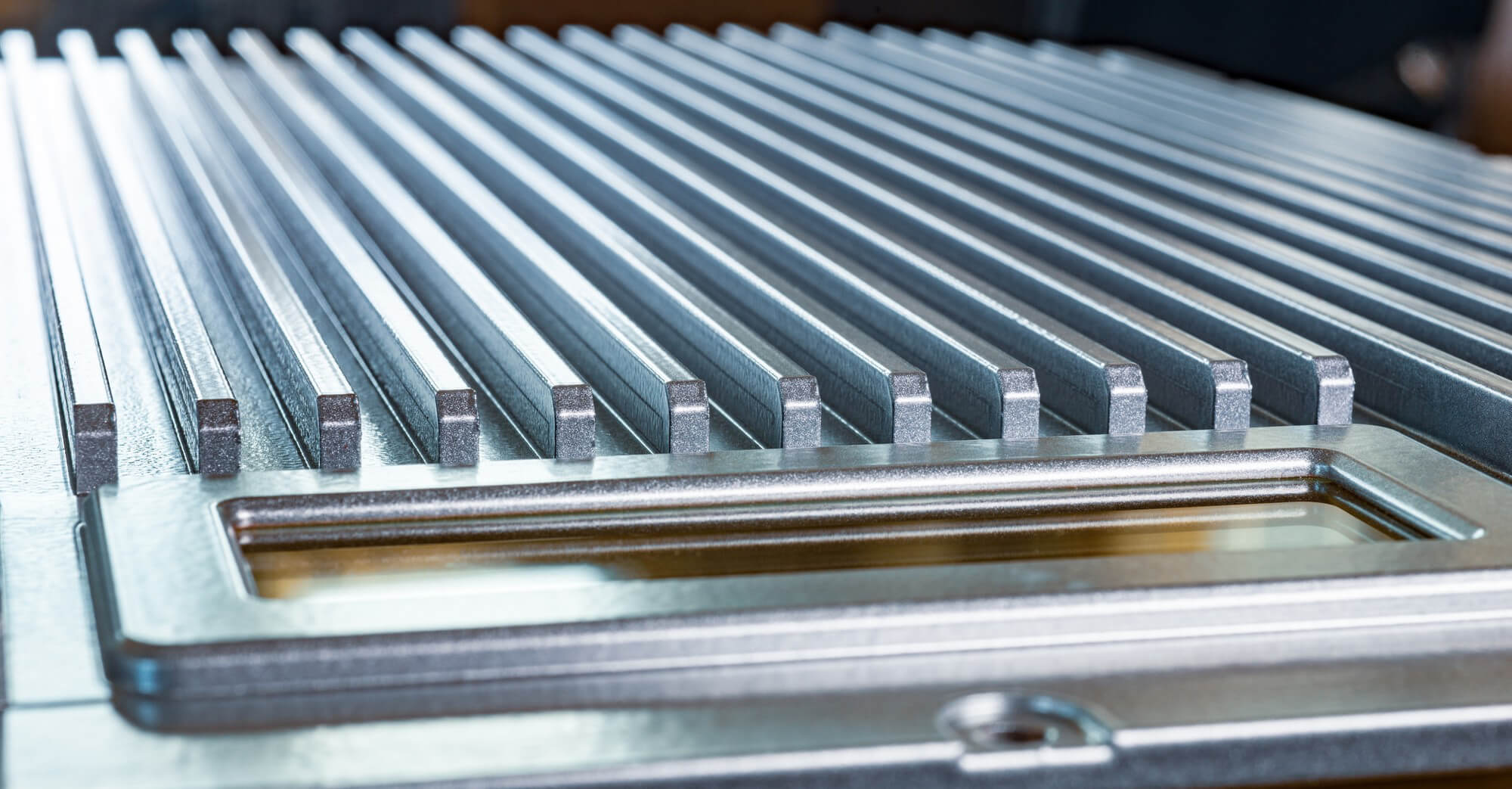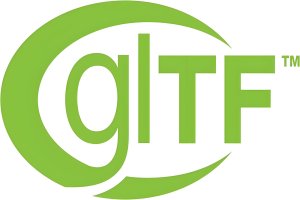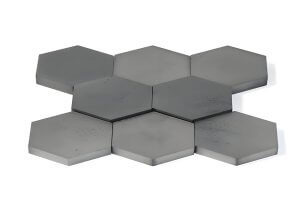In the world of manufacturing, surface quality is a critical factor that can determine the success of a product. For buyers and engineers involved in CNC machining, particularly those working with Galvanneal sheet metal, understanding the nuances of surface roughness is essential. This article delves into the complexities of controlling surface roughness during high-speed CNC machining of Galvanneal sheet metal, exploring the challenges and providing practical solutions to achieve optimal surface quality.
Galvanneal sheet metal, a type of galvanized steel that has been annealed, is known for its excellent corrosion resistance and strong adhesion properties, making it a popular choice in automotive, construction, and appliance industries. However, machining this material at high speeds presents unique challenges, particularly in maintaining a consistent and smooth surface finish. This article will guide CNC machining buyers through these challenges, offering insights into supplier selection and machining techniques that ensure high-quality results.
Understanding Surface Roughness in CNC Machining
Surface roughness is a measure of the texture of a machined surface, defined by the vertical deviations from its ideal form. These deviations can affect not only the aesthetics but also the functionality and longevity of the machined part. In CNC machining, surface roughness is influenced by various factors, including tool geometry, material properties, cutting speed, feed rate, and the cooling method used.
For Galvanneal sheet metal, the challenges of controlling surface roughness are compounded by the material’s unique properties. The zinc-iron alloy coating that characterizes Galvanneal sheet metal can affect tool wear and cutting dynamics, leading to inconsistencies in surface finish. Therefore, it is crucial to understand the specific challenges posed by this material to effectively control surface roughness during machining.
Challenges in High-Speed CNC Machining of Galvanneal Sheet Metal
- Tool Wear and Life: High-speed machining of Galvanneal sheet metal often leads to rapid tool wear due to the abrasive nature of the zinc-iron coating. This wear can result in poor surface finishes and increased production costs due to frequent tool changes.
- Heat Generation: The high-speed machining process generates significant heat, which can cause thermal expansion in the material, affecting surface roughness. Excessive heat can also lead to work hardening of the surface, making it more difficult to machine.
- Chip Formation: The formation of chips during machining can influence the surface roughness. In Galvanneal sheet metal, the chips tend to be sticky due to the zinc coating, which can adhere to the tool, leading to built-up edge (BUE) formation and deteriorating surface quality.
- Vibration and Stability: High-speed CNC machining can induce vibrations in the machine, affecting tool stability and, consequently, the surface finish. Galvanneal sheet metal, with its unique material properties, can exacerbate these vibrations, making it challenging to maintain a consistent surface roughness.
- Cutting Parameters: Selecting the optimal cutting parameters, such as feed rate and cutting speed, is crucial in controlling surface roughness. However, the inherent variability in the zinc-iron coating thickness and composition in Galvanneal sheet metal makes it difficult to standardize these parameters.
Solutions for Controlling Surface Roughness
To address the challenges of controlling surface roughness in high-speed CNC machining of Galvanneal sheet metal, several strategies can be implemented:
- Tool Selection and Maintenance: Using high-performance tools made of materials such as carbide or coated tools can help reduce wear and maintain a consistent surface finish. Regular tool maintenance and timely replacement are essential to avoid degradation in surface quality.
- Optimizing Cutting Parameters: Fine-tuning the cutting speed, feed rate, and depth of cut based on the specific properties of the Galvanneal sheet metal can significantly improve surface roughness. It’s essential to conduct preliminary tests to determine the most effective parameters for each batch of material.
- Cooling and Lubrication: Implementing effective cooling and lubrication techniques can help dissipate the heat generated during high-speed machining, reducing the risk of thermal expansion and work hardening. Flood cooling and high-pressure coolant systems are particularly effective in this regard.
- Vibration Control: Employing vibration-damping technologies and ensuring the CNC machine is properly balanced and stabilized can minimize the impact of vibrations on surface roughness. In some cases, using specialized fixtures to hold the Galvanneal sheet metal can further reduce vibration-induced surface defects.
- Chip Management: Managing chip formation and removal is crucial in maintaining surface quality. Employing chip breakers and optimizing tool geometry can help in efficient chip evacuation, preventing built-up edge formation and ensuring a smoother surface finish.
- Surface Inspection and Feedback: Implementing real-time surface inspection systems that provide immediate feedback on surface roughness can help identify issues early in the machining process. This allows for quick adjustments to cutting parameters or tool changes, ensuring consistent surface quality.
Surface Roughness Control Techniques
Surface roughness in CNC machining is influenced by numerous factors, including tool geometry, material properties, and machining parameters. Controlling these factors is critical in achieving the desired surface finish.
1. Tool Geometry Optimization
The geometry of the cutting tool plays a crucial role in determining the surface roughness. The tool’s rake angle, clearance angle, and nose radius must be carefully selected to suit the material being machined. For Galvanneal sheet metal, tools with a positive rake angle and a larger nose radius generally produce better surface finishes by reducing cutting forces and minimizing tool wear.
2. Material Selection and Coating
Choosing the right material for the cutting tool and applying appropriate coatings can significantly enhance surface finish. Carbide tools with coatings such as TiAlN or diamond-like carbon (DLC) are effective in reducing friction and wear, resulting in a smoother surface on Galvanneal sheet metal. These coatings also help in managing heat buildup, further contributing to improved surface quality.
3. Machining Parameters
Proper selection of machining parameters, such as cutting speed, feed rate, and depth of cut, is essential for controlling surface roughness. In high-speed CNC machining of Galvanneal sheet metal, maintaining a lower feed rate while optimizing cutting speed can help in achieving a finer surface finish. It is crucial to balance these parameters to avoid excessive tool wear or surface damage.
Case Study: Achieving Optimal Surface Finish in Galvanneal Sheet Metal
To illustrate the practical application of these techniques, let’s examine a case study where a manufacturer faced challenges in achieving the desired surface finish on Galvanneal sheet metal parts used in automotive components.
Problem: The manufacturer observed inconsistent surface roughness across different batches of machined parts, leading to increased rework and rejected parts.
Solution: The company implemented several changes based on the strategies discussed above:
- Tool Upgrade: Switched to carbide tools with a TiAlN coating, which provided better wear resistance and reduced friction.
- Parameter Optimization: Conducted extensive tests to determine the optimal cutting speed and feed rate for their specific material batches. This involved reducing the feed rate and slightly increasing the cutting speed to achieve a balance between efficiency and surface quality.
- Cooling Enhancement: Introduced high-pressure coolant systems to manage the heat generated during high-speed machining, reducing thermal expansion and maintaining consistent surface roughness.
- Vibration Control: Added vibration-damping mounts to the CNC machines and optimized the workholding setup to minimize vibrations during the cutting process.
Results: These changes resulted in a significant improvement in surface finish consistency, reducing rework and scrap rates by 40%. The company also observed a 25% increase in tool life, further lowering production costs.
Practical Considerations for CNC Buyers
For buyers sourcing CNC machined parts made from Galvanneal sheet metal, it is essential to consider the following factors when selecting a supplier:
- Tooling Expertise: Ensure that the supplier has experience with high-performance tools and coatings suitable for machining Galvanneal sheet metal. The right tooling can make a significant difference in surface quality and overall part performance.
- Machining Capabilities: Verify that the supplier has the necessary CNC machines capable of high-speed machining with precision and stability. The ability to control vibrations and manage heat is critical in maintaining surface roughness.
- Quality Control: Inquire about the supplier’s quality control processes, particularly their methods for monitoring and controlling surface roughness. Real-time inspection and feedback systems are valuable tools for ensuring consistent quality.
- Experience with Galvanneal: A supplier with a track record of successfully machining Galvanneal sheet metal is likely to be more adept at handling the unique challenges this material presents. Ask for case studies or references to verify their expertise.
Table 1: Surface Roughness Parameters and Their Impact on Galvanneal Sheet Metal Machining
| Parameter | Description | Impact on Surface Roughness | Optimization Strategies |
|---|---|---|---|
| Tool Material | Type and coating of cutting tool | Affects wear and surface quality | Use carbide tools with TiAlN/DLC coating |
| Cutting Speed | Speed of the cutting tool | Influences heat generation and finish | Optimize speed for each material batch |
| Feed Rate | Rate at which material is fed into the tool | Determines surface texture | Lower feed rates for smoother finish |
| Coolant Type | Type of coolant used during machining | Controls heat and chip formation | High-pressure coolant systems |
| Vibration Control | Techniques to minimize machine vibrations | Ensures stable cutting conditions | Use vibration-damping mounts |
| Chip Management | Method of chip removal during cutting | Prevents tool buildup and damage | Employ chip breakers and efficient evacuation |
Table 2: Common Issues and Solutions in Machining Galvanneal Sheet Metal
|
| Issue | Description | Solution |
|---|---|---|
| Tool Wear | Rapid degradation of tool due to material abrasiveness | Use coated carbide tools, monitor wear |
| Surface Heat Damage | Excessive heat causing surface deformation | Implement effective cooling systems |
| Inconsistent Surface Finish | Variations in roughness across parts | Optimize cutting parameters, control vibration |
| Chip Adhesion | Chips sticking to tool, leading to BUE formation | Use chip breakers, adjust tool geometry |
| Vibration-Induced Defects | Surface imperfections caused by machine vibrations | Add vibration-damping fixtures |
| Material Hardening | Work hardening of surface due to heat | Adjust cutting speed, use cooling |
Controlling surface roughness in high-speed CNC machining of Galvanneal sheet metal requires a comprehensive approach that addresses tool selection, machining parameters, cooling, and vibration control. By understanding the unique challenges presented by Galvanneal sheet metal and implementing the solutions discussed in this article, manufacturers can achieve consistent, high-quality surface finishes that meet the demands of their customers.
For buyers sourcing CNC machined parts, it is crucial to partner with suppliers who have the expertise and equipment to handle these challenges effectively. By prioritizing surface roughness control in supplier selection, buyers can ensure that their products not only meet but exceed industry standards for quality and performance.
Other Articles You Might Enjoy
- How to solve surface roughness problems in cnc machining?
Introduction to CNC Machining and Surface Roughness Problems The process of Computer Numerical Control (CNC) machining plays a vital role in the manufacturing industry. This automated process uses computers to…
- Surface Refinement: Leveraging Bead Blasting for CNC Machining
In the realm of CNC machining, surface quality plays a pivotal role in determining the overall performance and aesthetics of the final product. Leveraging bead blasting as a surface refinement…
- Optimizing CNC Machining Parts Using Constant Surface Speed Techniques
CNC machining, particularly on lathes, can be a complex process, but understanding and utilizing constant surface speed (CSS) techniques can simplify and enhance the efficiency of your operations. The key…
- Using CNC Machining to Fabricate Lightweight Metal and Remove Chrome From Metal( cnc machining services china Dana)
CNC (Computer Numerically Controlled) machining is an essential process in the manufacturing domain. With its precision, adaptability, and extensive applications, many industries rely on it for fabricating highly complex parts…
- Efficient CNC Machining of Lightweight Metal and Chrome Removal( cnc machining services china Atwood)
Computer Numerical Control (CNC) machining is a modern manufacturing process used in various industries, frequently dealing with lightweight metals or needing to remove chrome from metal surfaces. This article will…
- Investigating PMCRLF in CNC Machining: From Surface Roughness to Subsurface Damage
Introduction to PMCRLF and Its Relevance in CNC Machining In the rapidly evolving world of manufacturing, materials that combine high strength with lightweight properties are in constant demand. One such…






